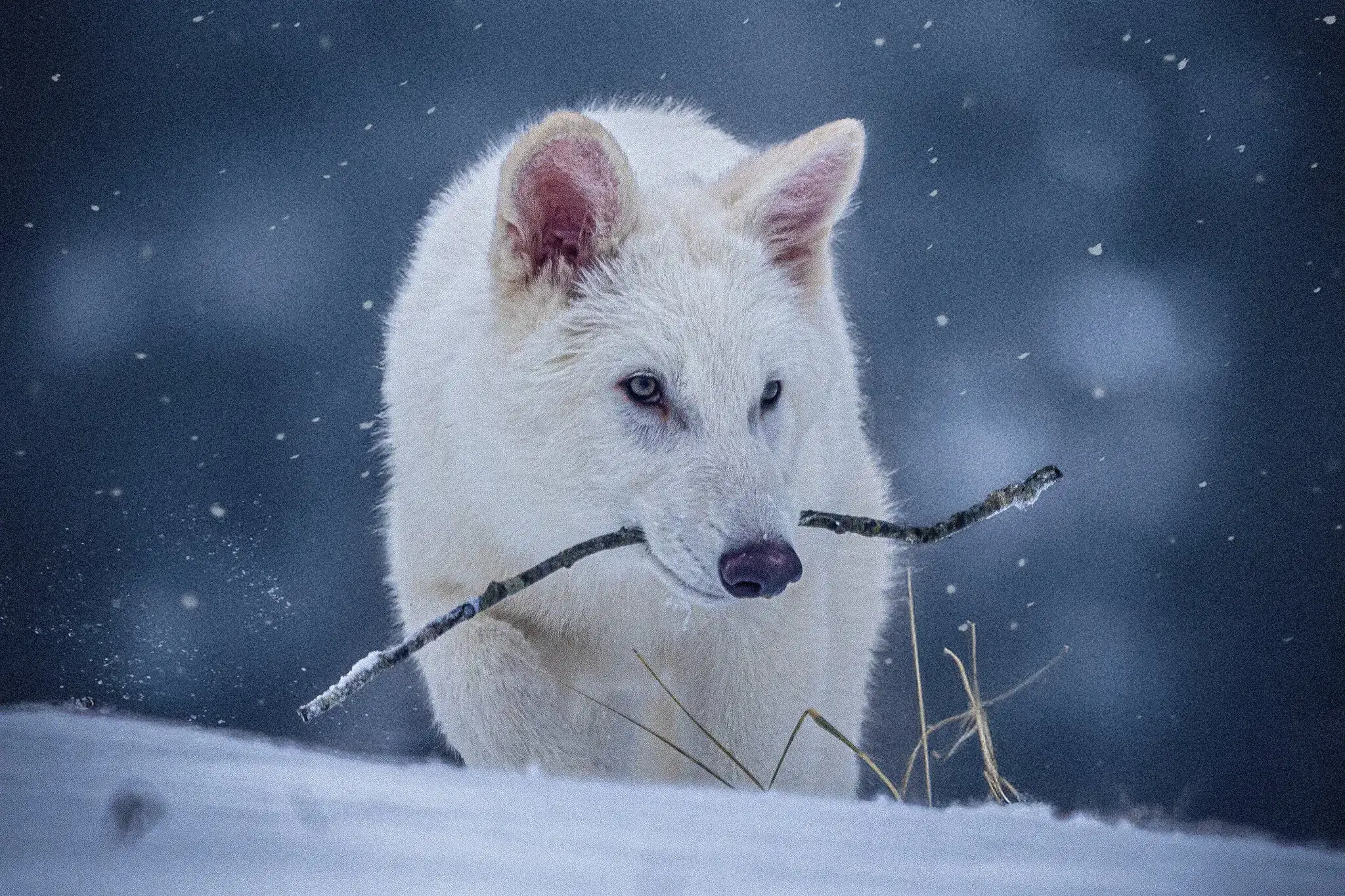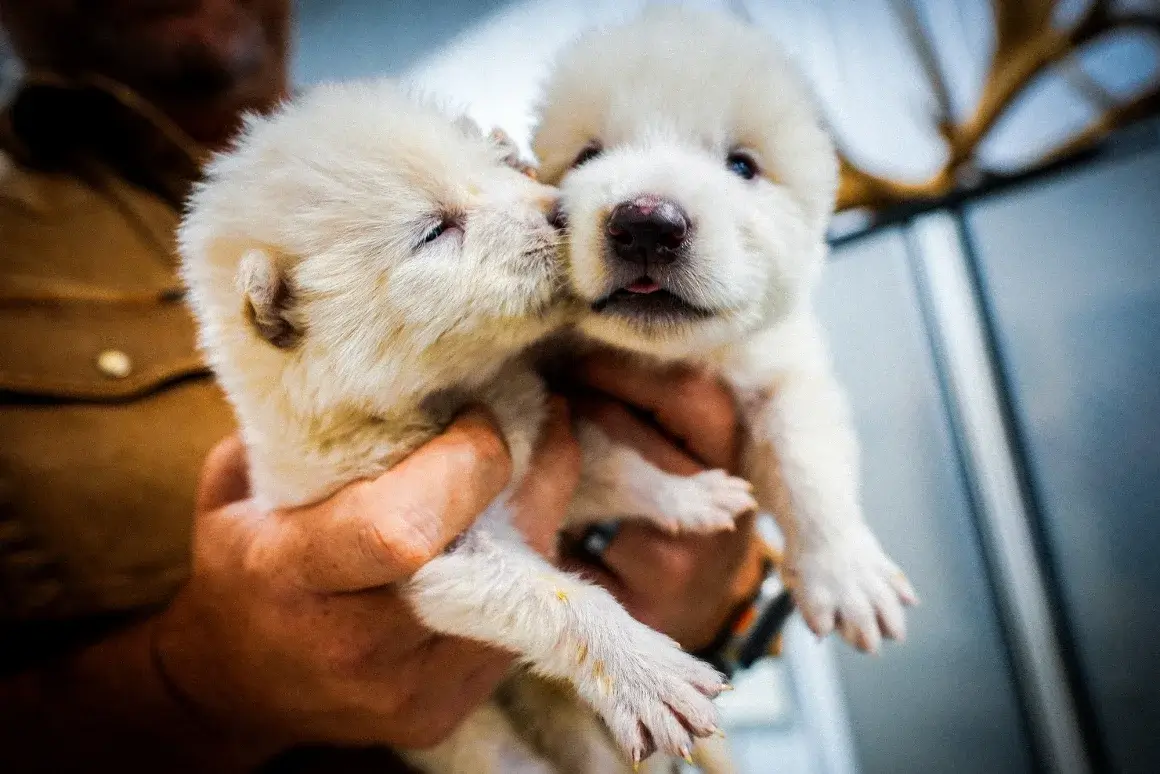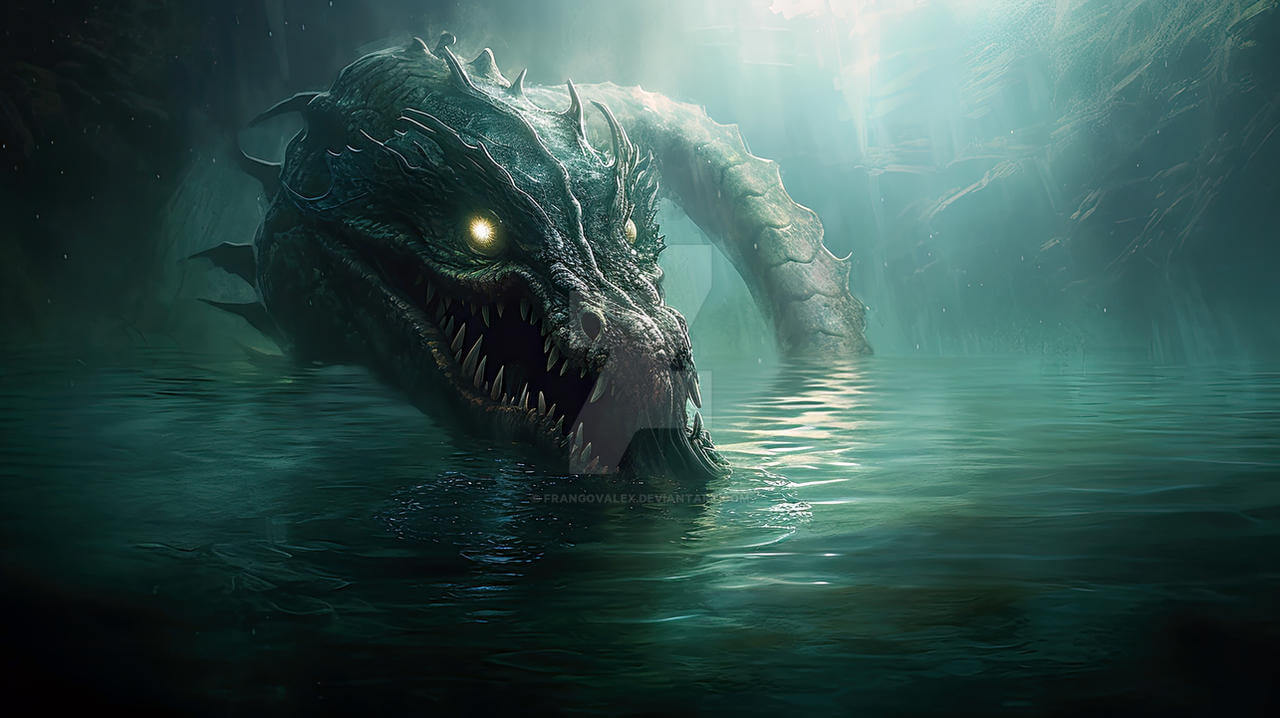
Scientists Revive The Dire Wolf, or Something Close
Dire wolves, made famous by “Game of Thrones,” went extinct some 13,000 years ago. Now, researchers have bred grey-wolf pups that carry genes of their ancient cousins.
By: Katie Hunt | CNN
A species of wolf that died out some 12,500 years ago lives again as the “world’s first successfully de-extincted animal,” according to Dallas-based biotech company Colossal Biosciences.
Colossal scientists have created three dire wolf pups by using ancient DNA, cloning and gene-editing technology to alter the genes of a grey wolf, the prehistoric dire wolf’s closest living relative, the company announced Monday. The result is essentially a hybrid species similar in appearance to its extinct forerunner.
The dire wolf, Aenocyon dirus, which was the inspiration for the fearsome canine featured in the HBO TV series “Game of Thrones,” was a top predator that once roamed North America. (HBO shares parent company Warner Bros. Discovery with CNN.) Dire wolves were larger in size than grey wolves and “had a slightly wider head, light thick fur and stronger jaw,” the company said.
Colossal has been working toward resurrecting the mammoth, dodo and Tasmanian tiger since 2021, but the company had not previously publicized its work on dire wolves.
“Zombie Virus” Revived After 48,500 Years In Permafrost
“This massive milestone is the first of many coming examples demonstrating that our end-to-end de-extinction technology stack works,” said Ben Lamm, Colossal’s cofounder and CEO, in a news release. “Our team took DNA from a 13,000 year old tooth and a 72,000 year old skull and made healthy dire wolf puppies.”
The three dire wolves are living on a 2,000-acre site at an undisclosed location enclosed by 10-foot-tall (3-meter-tall) “zoo-grade” fencing, where they are monitored by security personnel, drones and live camera feeds. Colossal said the facility had been certified by the American Humane Society and registered with the US Department of Agriculture.
Dire Wolf Fossils and Ancient DNA
Using ancient DNA extracted from two dire wolf fossils, Colossal’s scientists and collaborators said they were able to assemble two high-quality Aenocyon dirus genomes, or complete sets of genetic information.
The team compared the genomes with those of living canids such as wolves, jackals and foxes to identify the genetic variants for traits specific to dire wolves, such as white coats and longer, thick fur.
The company then used the information from the genetic analysis to alter grey wolf cells, making 20 edits in 14 genes before cloning the most promising cell lines and transferring them into donor eggs, according to the news release.
“Healthy developing embryos were then transferred into surrogates for interspecies gestation,” with three pregnancies that led to births of the first de-extinct species, Colossal revealed in its statement. The company confirmed to CNN that it used domestic dogs — specifically large, mixed-breed hounds — as surrogates.
Two male dire wolf pups were born on October 1, 2024, while a female pup was born on January 30, 2025, according to Colossal Biosciences.
Gene Editing for De-Extinction

To achieve its goal, the company essentially created a hybrid genome using CRISPR technology to cut away certain grey wolf gene variants and replace them with traits associated with dire wolves, said Love Dalén, a professor in evolutionary genomics based at the Centre for Palaeogenetics at Stockholm University, and an adviser to Colossal.
“There’s no secret that across the genome, this is 99.9% grey wolf. There is going to be an argument in the scientific community regarding how many genes need to be changed to make a dire wolf, but this is really a philosophical question,” Dalén said.
“It carries dire wolf genes, and these genes make it look more like a dire wolf than anything we’ve seen in the last 13,000 years. And that is very cool.”
Dalén, who said he had been “a little bit” involved in the analysis of the dire wolf genomes but had not personally met the dire wolf pups or been involved in the gene editing or cloning process, said the work by the scientists was a “huge leap” from anything done in the field in the past.
“The way I see this is that they have resurrected the dire wolf phenotype (the observable traits of a species) and we know from the genome that they probably looked a bit like these puppies. To me, it’s a dire wolf in that sense,” he said.
Colossal has raised at least $435 million since Lamm, a serial entrepreneur, and Harvard University geneticist George Church, founded the company in September 2021 and first announced plans to resurrect the mammoth. That endeavour has taken longer than Lamm initially projected, with the company saying its on track to introduce the first woolly mammoth calves in 2028.
The company hopes the same technologies that created the dire wolf can directly help endangered animals as well. Colossal said on Monday it has produced two litters of cloned red wolves, the most critically endangered wolf species, using a new, less invasive approach to cloning developed during the dire wolf research.
Many critics of de-extinction argue that the huge sums of money invested in the project could be better spent elsewhere — and that raising and breeding the hybrid creatures could imperil living animals used as surrogates. However, Christopher Preston, a professor of environmental philosophy at the University of Montana, said Colossal appears to be paying attention to animal welfare issues, noting the size of the facility and support from the American Humane Society.
“Colossal have taken thoughtful precautions to screen against any unintended genetic consequences of their edits, eliminating risky edits known to be associated with poor outcomes,” he added.
But he said it’s hard to imagine the dire wolves playing a role in an ecosystem, an outcome the company has said is the ultimate goal of its efforts to create genetically engineered mammoths.
“In states like Montana, we are currently having trouble keeping a healthy population of grey wolves on the land in the face of amped up political opposition,” Preston said. “It is hard to imagine dire wolves ever being released and taking up an ecological role. So, I think it is important to ask what role the new animals will serve.”
* * *
You’ll Love This One …
Animals That Were SCARIER Than Dinosaurs!

When we think of terrifying prehistoric creatures, dinosaurs often come to mind. However, the ancient oceans were home to some of the most formidable and fearsome creatures ever to exist. These marine giants were truly the stuff of nightmares, often overshadowing their terrestrial counterparts in terms of sheer terror.
The Mighty Megalodon
One of the most infamous ancient ocean predators is the Megalodon. This gigantic shark ruled the seas approximately 23 to 3.6 million years ago. Megalodon could reach lengths of up to 60 feet, dwarfing the largest great white sharks of today. With its massive jaws and razor-sharp teeth, it could easily crush the bones of large prey, including whales. The Megalodon’s sheer size and power make it one of the scariest creatures to have ever lived.
The Ferocious Dunkleosteus
Dunkleosteus, a prehistoric fish that lived around 358 to 382 million years ago, was another oceanic terror. This armoured fish could grow up to 33 feet long and had a bite force capable of crushing almost anything in its path. Dunkleosteus was a top predator of its time, with a body covered in thick, bony plates that provided formidable protection against other predators.
* * *
READ MORE: Well-Preserved, 30,000-Year-Old Baby Woolly Mammoth Emerges From Yukon Permafrost
Telegram: Stay connected and get the latest updates by following us on Telegram!
We’d love to hear from you! If you have a comment about this article or if you have a tip for a future Collective Spark Story please let us know below in the comment section.

Would you support bringing extinct species like the dire wolf back to life—even if they’re only 0.1% different from modern animals?